Pantelleria, Italy: sun, lava and wine
The island of Pantelleria (Italy) is one of the Mediterranean’s least-known holiday spots. Between Africa and Sicily, Pantelleria is a unique place where you will find Arabic forms and typical scents of Southern Italy.
 The island stands out for its rugged coastline and the green countryside overhanging the sea. This isn’t a place of sandy beaches, but rather one of small coves with crystal clear waters, spectacular caves and a descent to the sea over smooth rocks.
The island stands out for its rugged coastline and the green countryside overhanging the sea. This isn’t a place of sandy beaches, but rather one of small coves with crystal clear waters, spectacular caves and a descent to the sea over smooth rocks.
The island is dominated by the four elements: the sea water, a deep clear blue sea, the land so rich and green, the fire, that you cannot see, but that is still present in the underground, and the wind, “daughter of the wind “: this was the nickname the Arabs gave to Pantelleria.
Pantelleria’s volcanic origins are also to thank for its authentic open air spa facilities: from the hot springs of Gadir and the Benikulà Cave natural sauna to the mud of the Lago di Venere, every corner of Pantelleria offers regeneration for the senses. Here, middle ways have no meaning: you love the island or you hate it.
The nature is wild, a mix of sea and land (part of it tamed by farm terraces, where Zibibbo grape and capers, the speciality of the island, are grown). Pantelleria is an island which you will only discover by abandoning yourself completely to its wild nature.
If you are thinking to spend your holidays in Pantelleria, here the best attractions that you can’t miss.
The 10 top attractions in Pantelleria, Italy
A Free spa: Mirror of Venus

You can think of Pantelleria as an open air Spa. Take a swim or soak in the bubbling sulphuric waters of Lo Specchio di Venere or Venus Mirror, a lake set in a volcanic caldera where you can also pamper your body with a free mud mask.
Here you will find the only “beach” of the island and it’s made of mud. Its waters occupy the crater of an extinguished volcano. The water of the lake is rich with soda, it is perfect for a healthy peeling of the skin.
Balata dei Turchi- Don’t miss the wildest place!
Balata dei Turchi is located in the southern part of the island. It is a beautiful bay with an impressive lava flowing into the sea and surrounded by tall cliffs up to 300m high. It’s one of most beautiful swimming spots with a gorgeous cove of sparkling blue-green waters.
Access to this place is through a long road which can seem a little rough, but do not get deterred by it. There is a big parking area at the bottom, and from there it is another 100-200m walk to the water including a moderate scramble over the rocks.
There is plenty of life to be seen in the sea, with schools of fish of different sizes and shapes. Bring with you a snorkel and some water. There is no phone signal in the area!
Natural Sauna – cave Benikulà
Benikulà is a locality south of Sibà, where a large rocky fault is situated, from which water vapour is discharged, creating a natural sauna used for therapeutic and beauty treatments. This natural phenomenon derives from the island’s volcanic activity. The interior of the cave is a natural sauna where escaping water vapor to ca. 40° C.
A trip to Benikulà Cave is best experienced early morning, or at sunset, when the views of the valley are stunning. The Benikulà Cave can be found on the ridge of the Montagna Grande, just a short walk away from the hamlet of Siba (15 minutes).
If you want to have a sauna you should take a swimming-costume, a towel and some water.
Visit a winery and drink Passito
A day out visiting the vineyards is a superb way to soak up Pantelleria’s enchanting countryside and to sample the fine wines of the region. The grapevine on the sapling of zibibbo grapes is a World Heritage Site .
Passito di Pantelleria is a unique dessert wine. The ‘Passito’ method involves partial sun-drying of the grapes on straw mats, prior to the fermentation process, in order to concentrate their sugars.
A rich and indulgent wine is the end result, that combines aromas of honey and cake flavours, with the intensely rich flavour of marmalade and toffee.
Go for a wine tasting at one of the many wine makers in the island (Donnafugata, Coste Guirlanda, Salvatore Murana, Cantina Basile, Cantina d’Ancona, etc.) and be surprised by the variety of wines you can produce out of Zibibbo grapes (the local variety of Muscat). There’s much more than the iconic sweet Passito wine!
Trekking from a 360-degree panorama
The inside of Pantelleria (Italy) has got fantastic mountain features, it is full of vegetation and natural routes which earn a half day excursion at least. The higher top, the “Montagna Grande”, exceeds 800 metres: hence you can get a glimpse of a panorama of the island.
The islands large nature reserve provides an ideal place for trekking, mountain biking and nature walks.
It is the first Park in Sicily, occupying 80% of the island. A vast network of paths, suitable for trekking and mountain-bikes, stretches among pines and holm oaks in the uncontaminated Mediterranean scrub.
The landscapes’ variety is linked to its volcanic nature: lava flows, volcanic lakes and hot springs. Finally, you cannot miss secondary volcanic phenomenon, like the dry bath and mineral spring.
A clear example of dry bath is in Saibi place: big jet of water vapor, which goes into the cavern where the water can exceed 50 Centigrade.
If you love diving
Pantelleria (Italy) is a paradise for divers! The volcanic origin gives the island dark and edgy colours. The lack of sand in the shallow water allows, in fact, for a good visibility, making diving a magical moment.
Magnificent walls, majestic cliffs that are lost in the intense blue of the deep ocean, dry with bright colours and a large concentration of fish that from the first metres manage to envelop you.
Fans of underwater photography and archaeology prefer the sight of Cala Gadir that comes from Arabic and means basin water. Underwater depth is wonderful: you can find the remains of Punic and roman wrecks of the 3th and 2nd century B.C.
Enjoy all the colours of the sea!
Let’s face it: Pantelleria (Italy)has no beaches! This doesn’t mean that you won’t be able to sunbathe and swim at sea. In fact, you can explore a different coastal spot every day and dive in some the most crystal-clear waters of the Mediterranean. The famous Elephant Arch, a spectacular rock formation, has become the hallmark of the island.
Near the “Cala Levante” and “Cala Tramontana”, you will see one of the most popular places of Pantelleria and it is a must to see, at least once: the famous Elephant Arch, a spectacular rock formation, that has become the hallmark of the island.
The presence of the two bays exposed oppositely makes this beach, ideal in all wind conditions: one of the two bodies of water is always calm.
A romantic aperitif at sunset overlooking the coast of Tunisia
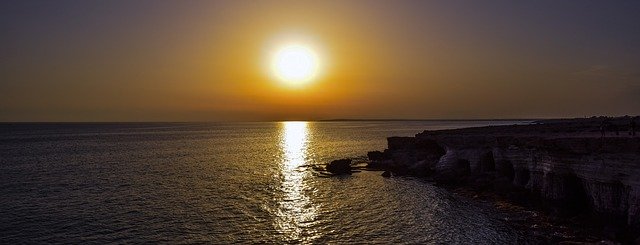
Aperitif hour is a typical Italian pastime, and Pantelleria is one of the best places to enjoy it, as your aperitivo comes with one of the most dramatic sunsets you’ll ever see.
Here the open skies and breathtaking Mediterranean coastline, make for the most spectacular sunsets, and a setting where aperitivo time is taken to a whole new level.
The golden hour of sunset is the best time for spotting the Tunisian coast. Sip an aperitif beneath the domed roofs of Sesiventi, a trendy bar in the archaeological area, or at Kaya Kayà, a chiringuito style bar at the port of Scauri.
Taste an incredible cuisine!
Pantelleria cuisine is heavily influenced by the waves of conquest that have swept over the island for millennia. You should try the fish cous cous from nearby North Africa; sciakisciuka, a hot vegetable stew; the tasty local zucchini and tomatoes, ravioli stuffed with ricotta and mint, and the sensational Pantescan kisses – crispy, flower-shaped fritters filled with a mixture of ricotta and drops of chocolate.
And, of course, let’s not forget the island’s famous capers, the delicately-flavoured tumma (a soft, fresh cheese), and the fabulous oregano, all of which are key ingredients in the island’s uncomplicated rustic cuisine.
Try an extraordinary experience: spend a night in a dammuso!
Typical houses on the island of Pantelleria, the dammusi are the result of the Arab civilization and of the work of the people of Pantelleria.
The dammuso arose as rural element and takes into account the peculiarities of this island: the wind, the heat, the lack of rain and the richness of lava material. The dammuso was created in the 10th century A.D. and it evolved and developed up until the 17th century.
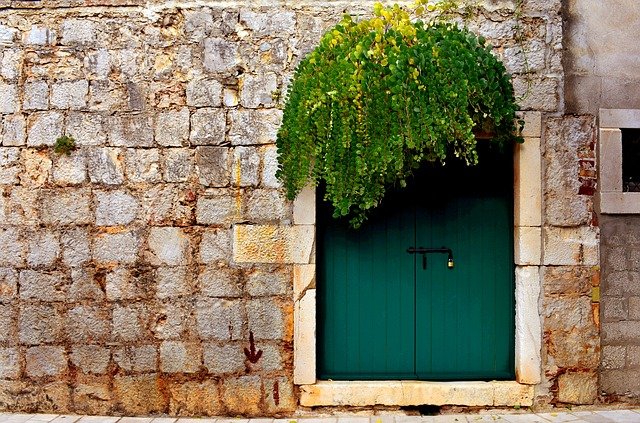 The typical domed roofs are used to collect rainwater in cisterns; the thick walls, up to a meter thick, provide insulation against heat in summer and cold in winter.
The typical domed roofs are used to collect rainwater in cisterns; the thick walls, up to a meter thick, provide insulation against heat in summer and cold in winter.
Almost always alongside a dammuso, there is a circular wall in lava stone called “jardinu” within which are cultivated fruit trees, well protected from the incessant wind that beats the island.
Today the respect of this tradition, combined with the creativity of a few architects, has transformed these farm houses into stylish homes with a charm of its own.
If you want to experience the unforgettable charm of Pantelleria living in a dammuso surrounded by magical stillness spend your holiday at: “ I Jardina“. Here you can take refuge in the tranquility of the dammuso, refreshing yourself in the shadow or indulging yourself with a refreshing dive in your private pool.
How to get to Pantelleria,Italy:
By air: Pantelleria is connected with at least two flights daily with the Sicilian cities of Palermo and Trapani. Throughout the Summer season there are several direct flights from the main Italian city, generally from Milan Linate, Milan Malpensa, Bergamo Orio al Serio, Bologna, Venice and Rome.
By hydrofoil: The main boat service is provided during the summer by “Ustica Lines“ that runs from June 20th to September 10th. If you don’t need to bring your car, it is a good and faster alternative ”: in just 2 hours you’ll be able to reach Pantelleria from Trapani (Sicily coast).
 Best time to visit Pantelleria, Italy
Best time to visit Pantelleria, Italy
The best time to visit Pantelleria is from May until October, when you will have a pleasant or warm temperature and limited till little rainfall.The summers are blazing with North African heat. Shoulder seasons are an ideal time to visit: hikers come in spring (March-May) or autumn (October), or if you’d prefer to watch grape-harvesting in action, then come in September.
Pantelleria Hotels – Where to Stay
Best luxury hotel: Sikelia Luxury Resort 5*
An artistic and emotional experience
Featuring free WiFi and a free-form outdoor pool, Sikelia Luxury Hotel is an adult-only property located in Scauri on the island of Pantelleria. Sikelia houses 20 Suites, all different in conformation, and which all share the same stylish design, meticulous attention to detail and style coherence. It also houses an emotional cuisine to nourish the soul, with the flavours and scents of this land nestled in the heart of the Mediterranean, accompanied by wines gently shaped by the sea and the wind.
Rooms from € 390/night
Best mid-range hotel: Dammusi Sciuvechi Resort
A perfect place to relax and admire nature
The Sciuvechi offers self-catering accommodation in typical dammusi, stone houses unique of Pantelleria. The Resort is in a natural reserve 700 m from the sea. Dammusi at the Sciuvechi Resort have a veranda with views of the sea. On clear days you can see the African coastline.The Sciuvecchi Resort has an outdoor swimming pool surrounded by vineyards, capers and ancient olive groves.
Rooms from € 140/night
Best budget hotel: Pantelleria Dream 4*
Amazing location overlooking the sea
Offering 2 outdoor pools with panoramic views and a sun terrace, Pantelleria Dream provides accommodation in traditional stone Dammuso houses, each with a private terrace and sea views.
Guests can sip a traditional Passito dessert wine in the bar overlooking the Mediterranean or have lunch and dinner at the property’s restaurant. A generous buffet breakfast is served daily.
Rooms from € 69/night
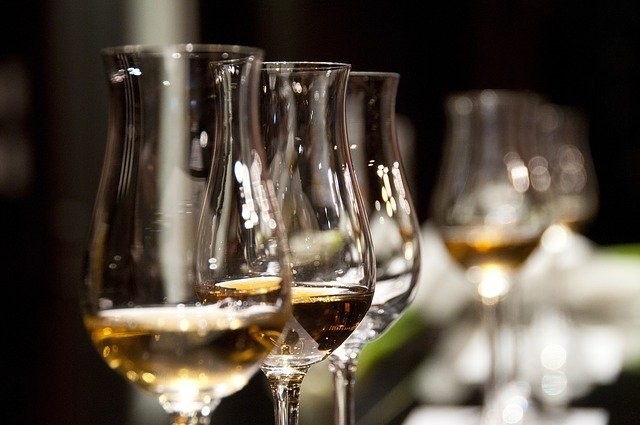
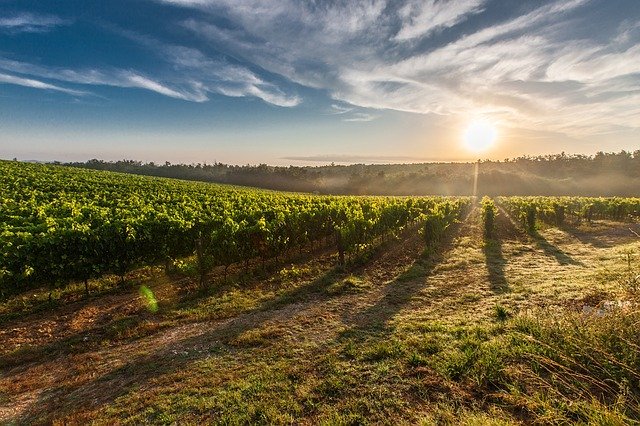

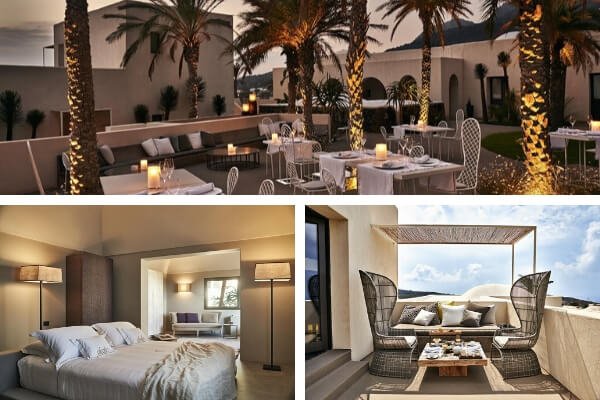
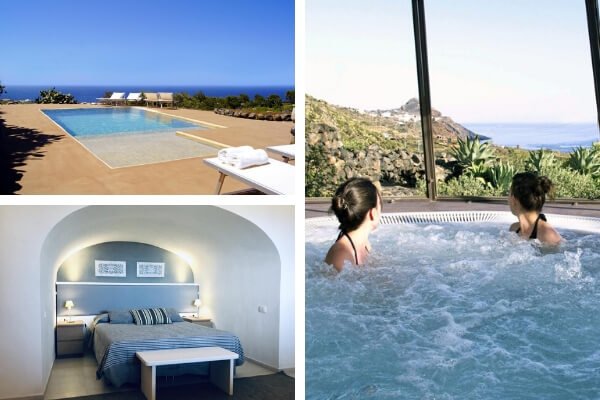


Follow Us